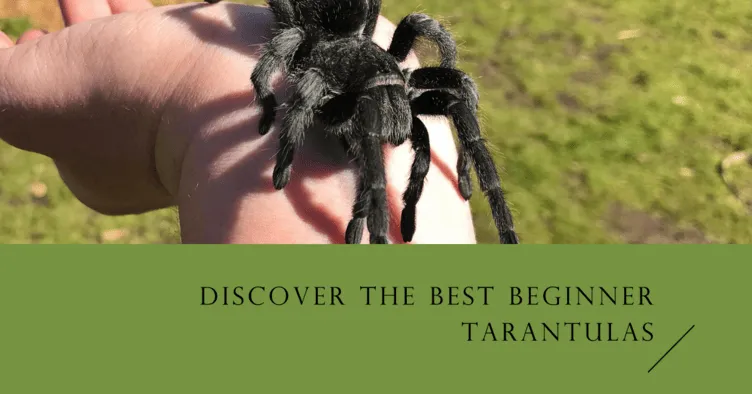What are Tarantulas?
Tarantulas are large, hairy spiders belonging to the Theraphosidae family. They are found in various habitats worldwide, from tropical rainforests to deserts. Known for their impressive size and diverse appearances, tarantulas have captured the interest of many pet owners. These fascinating creatures are relatively low-maintenance pets, making them a popular choice for beginners. Their life cycle and behaviors are captivating to observe, offering a unique pet ownership experience. However, it is crucial to understand their basic biology and care requirements before bringing one home. This guide will provide a comprehensive overview of tarantulas, from their classification to their care, ensuring a successful and rewarding experience for both the owner and the tarantula.
Basic Tarantula Biology
Tarantulas are arthropods, invertebrates that belong to the class Arachnida. They have eight legs, two body segments (cephalothorax and abdomen), and fangs (chelicerae) used to inject venom into their prey. Their bodies are covered in hairs, some of which are urticating hairs used for defense. Tarantulas breathe through book lungs, which are specialized respiratory organs. Their exoskeletons are made of chitin, providing protection and support. As they grow, tarantulas molt their exoskeletons, shedding their old skin to reveal a new, larger one. This process, known as ecdysis, is essential for their growth and development. Understanding the basic biology of tarantulas helps in providing proper care and recognizing potential health issues.
Types of Tarantulas
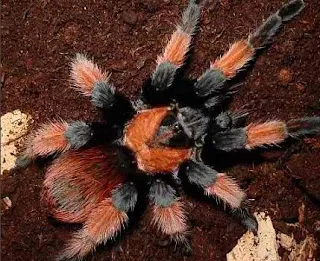
There are hundreds of tarantula species, each with unique characteristics. Popular beginner-friendly species include the Chilean Rose Hair, the Mexican Red Knee, and the Pinktoe Tarantula. The Chilean Rose Hair is known for its docile temperament and relatively low care requirements. The Mexican Red Knee is another popular choice, admired for its striking coloration and moderate care needs. The Pinktoe Tarantula is arboreal, meaning it lives in trees, and is known for its vibrant colors and arboreal lifestyle. When selecting a tarantula, consider its size, temperament, and specific care needs. Researching different species is crucial to ensure you can provide the appropriate environment and care for your chosen tarantula. Ensure the species is legal to own in your area.
Why Choose a Tarantula as a Pet?
Choosing a tarantula as a pet can be a rewarding experience. They offer a unique opportunity to observe fascinating behaviors and appreciate the wonders of nature. Unlike many other pets, tarantulas require minimal interaction, making them ideal for individuals with busy lifestyles. Their relatively low maintenance demands contribute to their appeal, requiring less daily attention compared to dogs or cats. Tarantulas also provide a sense of accomplishment for owners who enjoy providing a specific environment. Their quiet nature and the fact that they do not require walks or constant companionship make them suitable for apartment living. The educational aspect of observing their behavior and life cycle is also a significant draw for many owners, turning pet ownership into a learning experience.
The Benefits of Tarantulas as Pets
Owning a tarantula comes with several benefits. They are relatively low-maintenance pets, requiring feeding only a few times a week. They do not require daily walks or constant attention, making them suitable for busy individuals. Tarantulas are hypoallergenic, making them a good option for people with allergies to traditional pets. They do not produce dander and are odorless, contributing to a clean living environment. The educational aspect of observing their behavior and life cycle is a major draw. Many owners find it therapeutic to observe these creatures, providing a sense of calm and connection to nature. Moreover, tarantulas are generally quiet pets, causing minimal disturbance in the household.
The Challenges of Owning a Tarantula
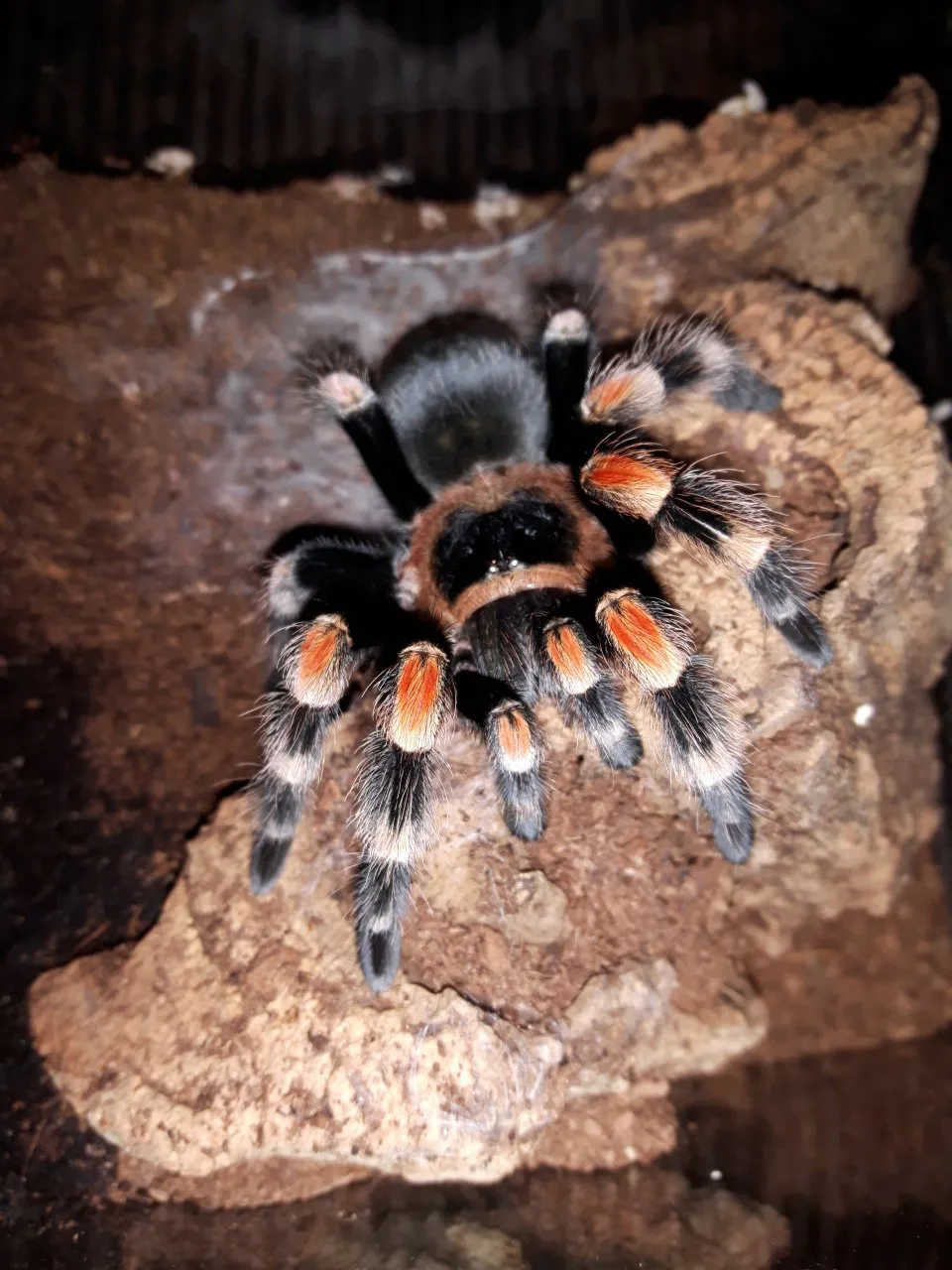
While tarantulas are low-maintenance, there are challenges to consider. Their care requires specific knowledge, including temperature and humidity control. Tarantulas can be fragile, and mishandling can cause injury. Potential owners must overcome any fear of spiders. Their bites can be painful, though rarely dangerous. The limited interaction can be seen as a drawback for those who prefer more affectionate pets. Accessing veterinary care for tarantulas can be difficult. They have specific dietary needs, typically consisting of insects, and sourcing these can be an extra task. Moreover, the longevity of some species means a long-term commitment. Finally, proper housing, including a secure enclosure, is crucial to prevent escape and ensure their safety.
5 Amazing Facts About Tarantulas
Fact 1 Tarantulas are Arachnids
Tarantulas belong to the Arachnida class, which includes spiders, scorpions, mites, and ticks. This means they have eight legs, two body segments (the cephalothorax and abdomen), and no antennae. They are invertebrates, meaning they lack a backbone. Tarantulas are characterized by their large size, hairy bodies, and fangs. Their anatomy is uniquely adapted for hunting and surviving in various environments. Being arachnids defines their fundamental structure and behaviors, setting them apart from insects and other creatures. Understanding their classification helps appreciate their unique characteristics and evolutionary adaptations.
Fact 2 Tarantulas Molt Their Skin

As tarantulas grow, they shed their exoskeleton in a process called molting. This allows them to grow larger and replace damaged or worn structures. Molting frequency depends on the tarantula’s age and species, with juveniles molting more often. Before molting, the tarantula may become less active and stop eating. After molting, the tarantula’s new exoskeleton is soft and vulnerable. It is important not to disturb the tarantula during this period. Molting is a fascinating process to observe, showcasing their growth and development. The discarded exoskeleton provides valuable insights into their anatomy and health.
Fact 3 Tarantulas Can Live a Long Time
Tarantulas are known for their longevity, with some species living for over 20 years. Females typically live longer than males. Factors such as species, environment, and care influence their lifespan. Providing optimal conditions, including proper temperature, humidity, and diet, is essential for a long and healthy life. The slow metabolism of tarantulas contributes to their longevity. This extended lifespan makes them a long-term commitment for pet owners. Some of the largest species can live for over 25 years, becoming a unique and enduring part of the household. Therefore, potential owners must be prepared for a long-term commitment.
Fact 4 Tarantulas Have Venom
All tarantulas possess venom, which they use to subdue their prey. The venom is delivered through their fangs (chelicerae). While tarantula bites can be painful, they are generally not life-threatening to humans. The effects of a bite vary depending on the species and individual sensitivity. Symptoms may include localized pain, redness, and swelling. Urticating hairs, which many tarantulas have, are a more common defense mechanism and can cause irritation. It is important to handle tarantulas with care and avoid provoking them to minimize the risk of being bitten. Even though they possess venom, their bites are usually a mild inconvenience. Learning to respect their defenses is key to safe ownership.
Fact 5 Tarantulas are Low Maintenance
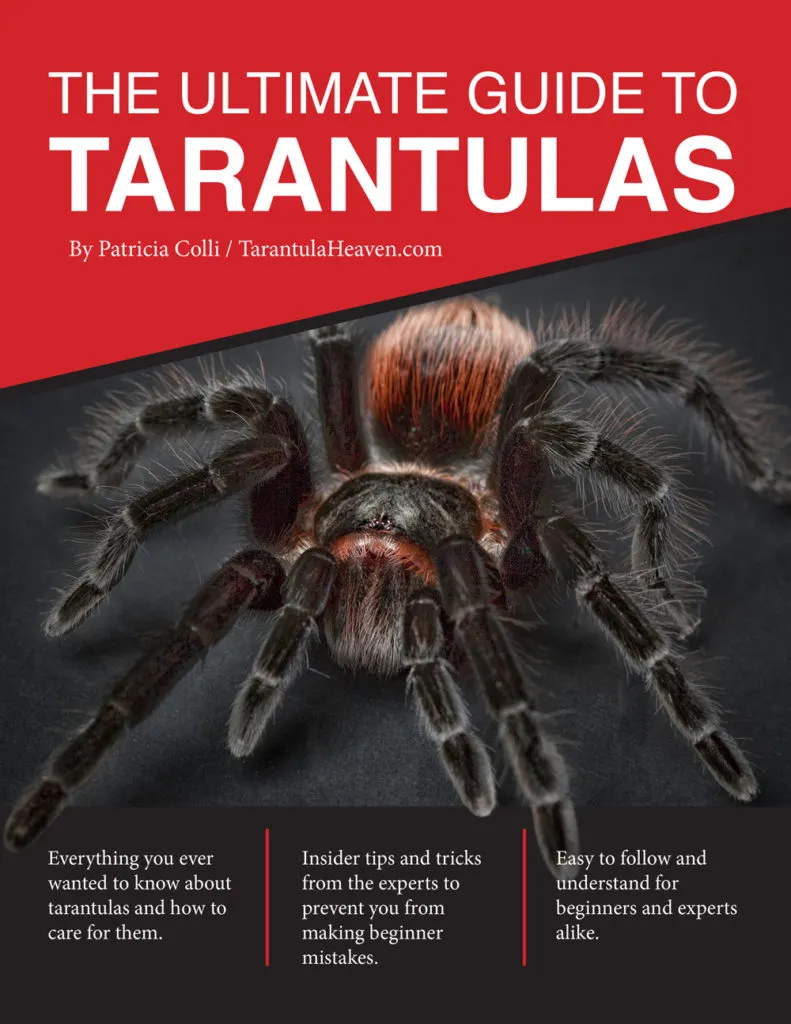
Compared to many other pets, tarantulas are relatively low-maintenance. They require feeding only a few times a week, and their housing needs are simple. They do not need daily walks, playtime, or grooming. Their quiet nature and minimal interaction make them ideal for busy individuals or those living in smaller spaces. Regular care involves providing fresh water, maintaining the appropriate temperature and humidity, and removing any uneaten food. Tarantulas are generally clean pets, and their enclosures require minimal upkeep. This low-maintenance nature contributes significantly to their appeal as beginner pets. It allows owners to enjoy the unique qualities of tarantulas without a heavy daily commitment.
Caring for Your Beginner Tarantula
Providing proper care is crucial for the well-being of your tarantula. This includes creating a suitable habitat, providing a proper diet, and handling them with care. Understanding the specific needs of your chosen species is essential. Researching the optimal temperature, humidity, and substrate requirements will ensure a healthy and comfortable environment. Regular observation is vital to identify any potential health issues early. Proper care will contribute to a long and rewarding experience of owning a tarantula. This section covers the essential aspects of tarantula care, focusing on housing, feeding, and handling to ensure the well-being of your new pet.
Housing Your Tarantula
The enclosure should be appropriately sized for the species and its size. It should have a secure lid to prevent escape. The enclosure should contain a substrate suitable for burrowing or arboreal habits, such as coco fiber, peat moss, or vermiculite. Provide a hide, such as a cork bark or a hollow log, to provide a sense of security. Maintain the appropriate temperature and humidity levels for the species. A water dish with fresh water is essential. The enclosure should be placed in a location away from direct sunlight, drafts, and excessive vibrations. Regular cleaning is necessary to maintain a healthy environment, removing any uneaten food and waste. The habitat’s design should mimic their natural environment.
Feeding Your Tarantula
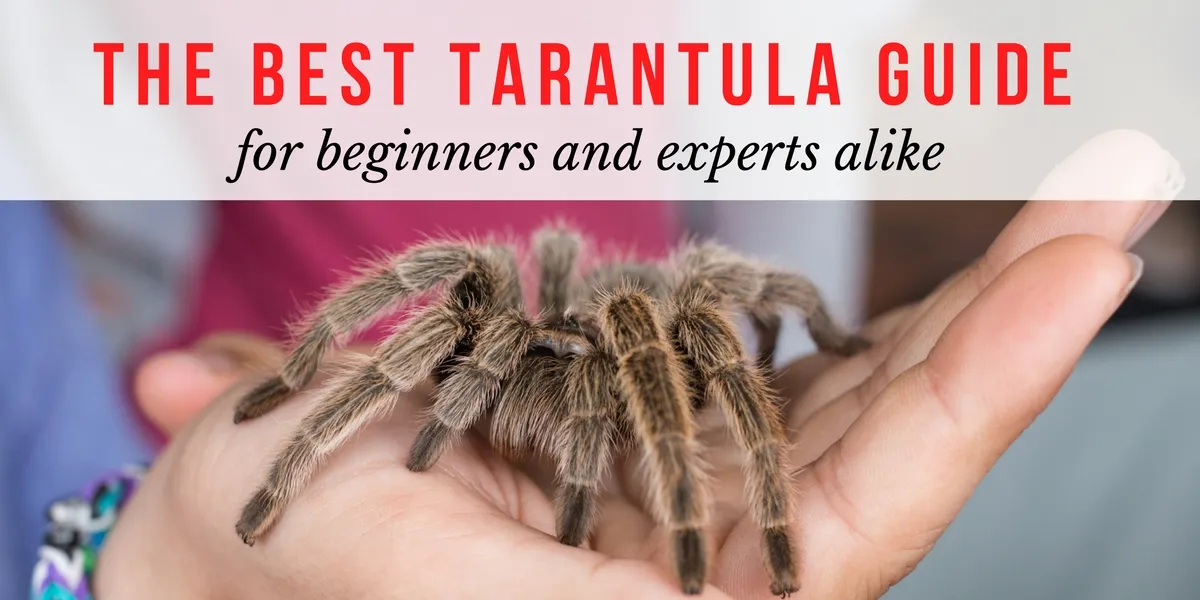
Tarantulas are carnivorous and primarily eat insects, such as crickets, roaches, and mealworms. Feed juveniles every few days, and adults every one to two weeks. The size of the prey should be appropriate for the tarantula’s size, with the prey being no larger than the tarantula’s body. Remove any uneaten food within 24 hours to prevent mold growth. Provide fresh water in a shallow dish at all times. Gut-load the insects before feeding them to your tarantula, providing them with a more nutritious meal. Avoid overfeeding your tarantula, as this can lead to health problems. Always ensure the prey is free from pesticides or other harmful chemicals. Monitoring their feeding habits helps to ensure their well-being.
Handling Your Tarantula
Handling should be kept to a minimum, as tarantulas are often stressed by handling. Handle your tarantula only if necessary, such as during enclosure maintenance. Always handle them over a soft surface, such as a bed or carpet, in case they fall. Avoid sudden movements and keep your hands steady. Be aware of your tarantula’s behavior and body language. If the tarantula appears agitated or defensive, do not attempt to handle it. Wash your hands thoroughly before and after handling your tarantula. Respect their space and handle them carefully to ensure their safety and well-being, as mishandling may cause injury or distress.
Common Health Issues
Tarantulas can suffer from various health issues, including dehydration, mites, and fungal infections. Dehydration can be prevented by ensuring a constant supply of fresh water. Mites can be identified as tiny, moving specks on the tarantula or in the enclosure. Fungal infections are usually caused by high humidity and poor ventilation. If you notice any unusual behavior, such as loss of appetite or lethargy, consult a veterinarian experienced in exotic animals. Provide a clean and well-maintained enclosure, as this can help prevent many health issues. Regular observation is essential for early detection of any health problems. Proper care and attention to detail are essential to maintaining a healthy tarantula.
Conclusion
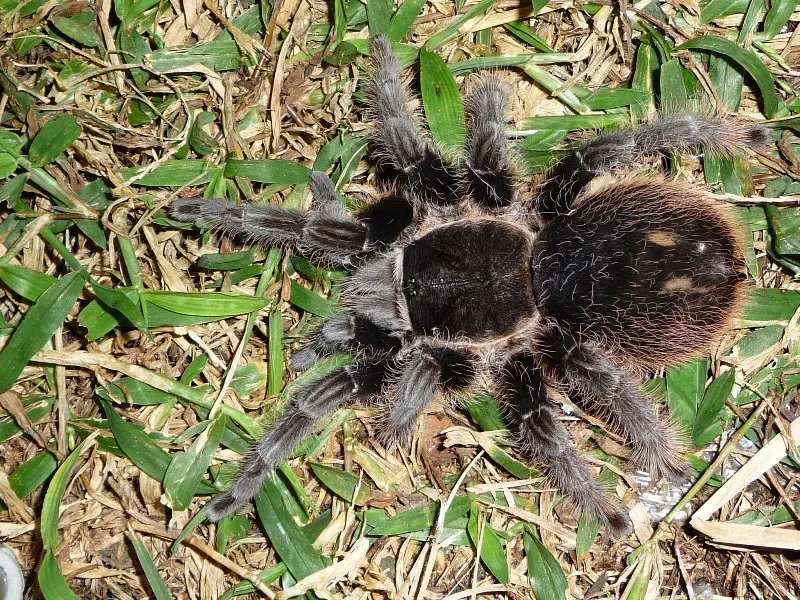
Owning a tarantula can be a rewarding experience, providing a unique opportunity to learn about these fascinating creatures. By understanding their biology, selecting the right species, and providing proper care, you can create a thriving environment for your new pet. Tarantulas are low-maintenance, quiet, and relatively easy to care for, making them an ideal choice for beginners. Always prioritize your tarantula’s well-being by providing the necessary environment and care. With careful planning and dedication, you can enjoy a long and fulfilling experience with your tarantula. Remember to research specific species to meet its particular needs. Enjoy your journey into the world of tarantulas!
